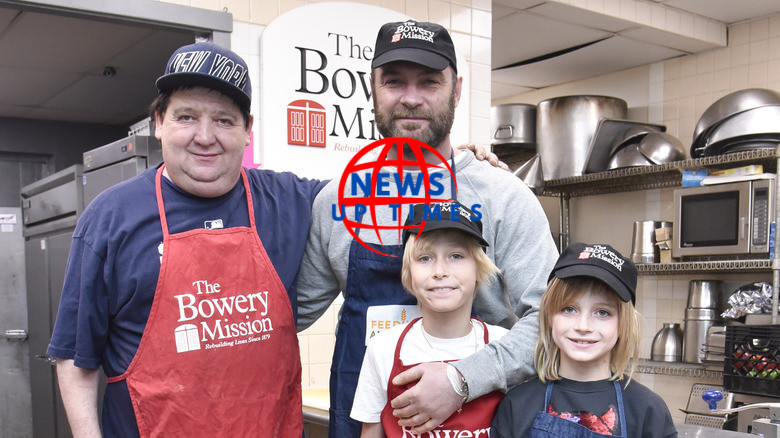In recent months, many people in the United States have searched for the term Zyn shortage because stores are running out of Zyn nicotine pouches. This shortage has caused confusion, frustration, and curiosity. To help you understand what is happening, this guide explains the meaning, reasons, and impact of the Zyn shortage in clear and simple words.
What Is the Zyn Shortage?
The Zyn shortage refers to the situation where Zyn nicotine pouches are harder to find in stores or online shops. Many customers go to buy their favorite Zyn flavors and strengths, but discover empty shelves or limited stock.
Zyn is popular because it’s a smokeless nicotine product, often used as an alternative to cigarettes or vapes. It comes in small pouches placed under the lip, making it discreet and easy to use. With so many people turning to Zyn, the sudden shortage has left users wondering why supplies are running low.
Why Is There a Zyn Shortage?
The Zyn shortage has become a hot topic because of the product’s fast rise in popularity and the challenges in keeping up with demand. In the U.S., millions of people have switched from traditional tobacco products to Zyn, seeing it as a convenient and modern choice.
However, like many consumer goods, Zyn is affected by supply chain disruptions, increased demand, and regulatory changes. These factors together have created a situation where supply cannot match demand, leading to shortages in different parts of the country.
Main Reasons for the Zyn Shortage
Several factors explain why people are experiencing a Zyn shortage in 2024 and 2025.

High Demand From Users
One of the biggest reasons for the shortage is the huge increase in demand. Zyn has quickly become a trend among adults who want nicotine without smoking. Unlike cigarettes or vaping devices, Zyn is easy to carry, doesn’t produce smoke, and comes in different flavors.
As a result, demand skyrocketed in states like California, Texas, Florida, and New York. Social media trends and word-of-mouth also pushed more people to try Zyn, making it difficult for suppliers to keep up.
Supply Chain Problems
Like many other products, Zyn has been affected by global supply chain issues. Factors like:
- Manufacturing delays
- Transportation slowdowns
- Shortages of raw materials
All contribute to fewer products reaching store shelves. Since Zyn is produced by Swedish Match (owned by Philip Morris International), it depends on international manufacturing and shipping, which sometimes face bottlenecks.
New Rules and Regulations
Another key factor behind the Zyn shortage is regulation. In the United States, nicotine products are closely monitored by the FDA (Food and Drug Administration). Sometimes, new rules affect the production, distribution, or sales of products like Zyn.
For example:
- Certain flavors may face restrictions.
- New labeling or safety requirements can slow down production.
- Local bans in some states reduce the number of stores allowed to sell Zyn.
These legal and regulatory changes directly impact how easily companies can supply Zyn products to consumers.
Zyn Shortage in Daily Life
The shortage has made life inconvenient for regular Zyn users. Many people who rely on Zyn to avoid smoking find themselves searching multiple stores, paying higher prices, or even considering alternative products.
In some areas, stores have even set limits on how many packs customers can buy at once. This shows how daily routines—like stopping by the gas station to pick up Zyn—are being disrupted. For heavy users, it has become stressful to find their preferred flavors or strengths.
How Stores Handle the Zyn Shortage
Stores are adopting different methods to deal with the shortage. Some strategies include:
- Limiting purchases so that one customer cannot buy up all the stock.
- Placing advance orders with distributors to secure supply.
- Raising prices due to demand, which unfortunately makes Zyn more expensive for regular buyers.
- Stocking alternatives, such as other nicotine pouch brands like On! or Velo.
These steps show how retailers are trying to balance high demand with limited supply.
Comparing the Zyn Shortage With Other Product Shortages
The Zyn shortage is not the first time consumers have faced problems finding popular products. Similar shortages have happened before.

Shortage of Baby Formula
Just like Zyn, baby formula faced shortages due to supply chain problems and safety recalls. Parents had to search across multiple stores, showing how product shortages can affect daily needs.
Shortage of Electronics
During the pandemic, electronics and gaming consoles like PlayStation 5 and graphics cards faced shortages due to chip shortages. This is similar to Zyn, where high demand and limited supply collide.
Shortage of Everyday Goods
From toilet paper in 2020 to eggs in 2023, many everyday items have experienced shortages. The Zyn shortage fits into this broader pattern, reminding people that supply and demand imbalances affect many industries.
Who Talks About the Zyn Shortage
Conversations about the Zyn shortage happen across many spaces:
- Users on social media are sharing frustration about empty shelves.
- News articles covering the growing popularity of Zyn and the shortage crisis.
- Health experts are discussing the impact of nicotine pouches.
- Retailers are explaining to customers why supplies are low.
This widespread discussion shows how the Zyn shortage is more than just a store problem—it’s a national topic.
Final Words on the Zyn Shortage
The Zyn shortage highlights how quickly consumer demand can outgrow supply, especially for popular products like nicotine pouches. With high demand, supply chain issues, and regulations all playing a role, it may take time before shelves are fully stocked again.
For users, this means being patient, exploring alternatives, or planning ahead to avoid running out. For companies, it’s a reminder to strengthen supply chains and stay prepared for rising demand.
In the end, the Zyn shortage is not just about nicotine—it’s about how modern products, trends, and rules interact in today’s global economy.



